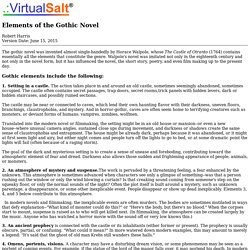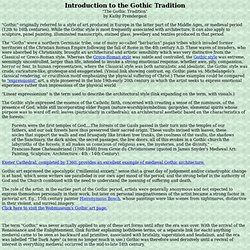

Angela Carter - English Novelist and Journalist. Angela Carter was an English fiction writer and journalist.

She was born on May 17, 1940 and died in 1992. She was ranked number ten in The Times list of “The 50 Greatest British Writers Since 1945.” Carter was a fiction writer and journalist whose writings embody a commitment to feminism and magical realism. Angela Carter was born Angela Olive Stalker on May 7, 1940 in Eastbourne. Her father was a journalist, which would later inspire Angela Carter. Angela Carter studied English literature at the University of Bristol. In 1960, she married her first husband Paul Carter. Angela Carter divorced Paul Carter in 1972. In 1978, Angela Carter took a controversial step for a feminist by embracing the works of the Marquis de Sade.
Literary analysis: The Tigers Bride by Angela Carter - by Jessica Shannon. Jessica Shannon's image for: "Literary Analysis Womens Objectification in the Tigers Bride by Angela Carter" Caption: Location: Image by: In "The Tiger's Bride,"Angela Carter uses the theme of the objectification of women to transform the heroine from mere possession into a strong and powerful narrator.

Glossary of Literary Gothic Terms. A Glossary of Literary Gothic Terms ancestral curse . . . anti-Catholicism . . . body-snatching . . . cemetery . . . claustrophobia . . . gothic counterfeit . . . devil . . . Elements of the Gothic Novel. Robert Harris Version Date: June 15, 2015 The gothic novel was invented almost single-handedly by Horace Walpole, whose The Castle of Otranto (1764) contains essentially all the elements that constitute the genre.

Walpole's novel was imitated not only in the eighteenth century and not only in the novel form, but it has influenced the novel, the short story, poetry, and even film making up to the present day. Gothic elements include the following: 1. Setting in a castle. The castle may be near or connected to caves, which lend their own haunting flavor with their darkness, uneven floors, branchings, claustrophobia, and mystery. Translated into the modern novel or filmmaking, the setting might be in an old house or mansion--or even a new house--where unusual camera angles, sustained close ups during movement, and darkness or shadows create the same sense of claustrophobia and entrapment.
Researching the Gothic. Gothic. Gothtrad. Introduction to the Gothic Tradition "The Gothic Tradition" by Kathy Prendergast "Gothic" originally referred to a style of art produced in Europe in the latter part of the Middle Ages, or medieval period (12th to 16th centuries).

While the Gothic style is most frequently associated with architecture, it can also apply to sculpture, panel painting, illuminated manuscripts, stained glass, jewellery and textiles produced in that period. The "Goths" were a northern Germanic tribe, one of many so-called "barbarian" pagan tribes which invaded former territories of the Christian Roman Empire following the fall of Rome in the 4th century A.D. "Linear expressionism" is the term used to describe the architectural style (link expanding on the term, with visuals.)
Forests were the first temples of God....The forests of the Gauls passed in their turn into the temples of our fathers, and our oak forests have thus preserved their sacred origin. Angela Carter: The Bloody Chamber short stories on the Behance Network. Reading Guide: Vintage Fear: The Complete Fairy Tales & The Bloody Chamber – ReadersPlace. Stuff As Dreams Are Made On… » Blog Archive » The Bloody Chamber by Angela Carter. Helen Simpson on Angela Carter's Bloody Chamber. The Bloody Chamber is often wrongly described as a group of traditional fairy tales given a subversive feminist twist.

In fact, these are new stories, not re-tellings. As Angela Carter made clear, "My intention was not to do 'versions' or, as the American edition of the book said, horribly, 'adult' fairy tales, but to extract the latent content from the traditional stories and to use it as the beginnings of new stories. " She knew from the start that she was drawn to "Gothic tales, cruel tales, tales of wonder, tales of terror, fabulous narratives that deal directly with the imagery of the unconscious". She drew a sharp distinction between what she described as "those fragments of epiphanic experience which are the type of the 20th-century story", and the "ornate, unnatural" style and symbolism of her favoured form, the tale.
Carter was an abstract thinker with an intensely visual imagination. And then there is the Marquis de Sade (1740-1814). There follow three cat tales.